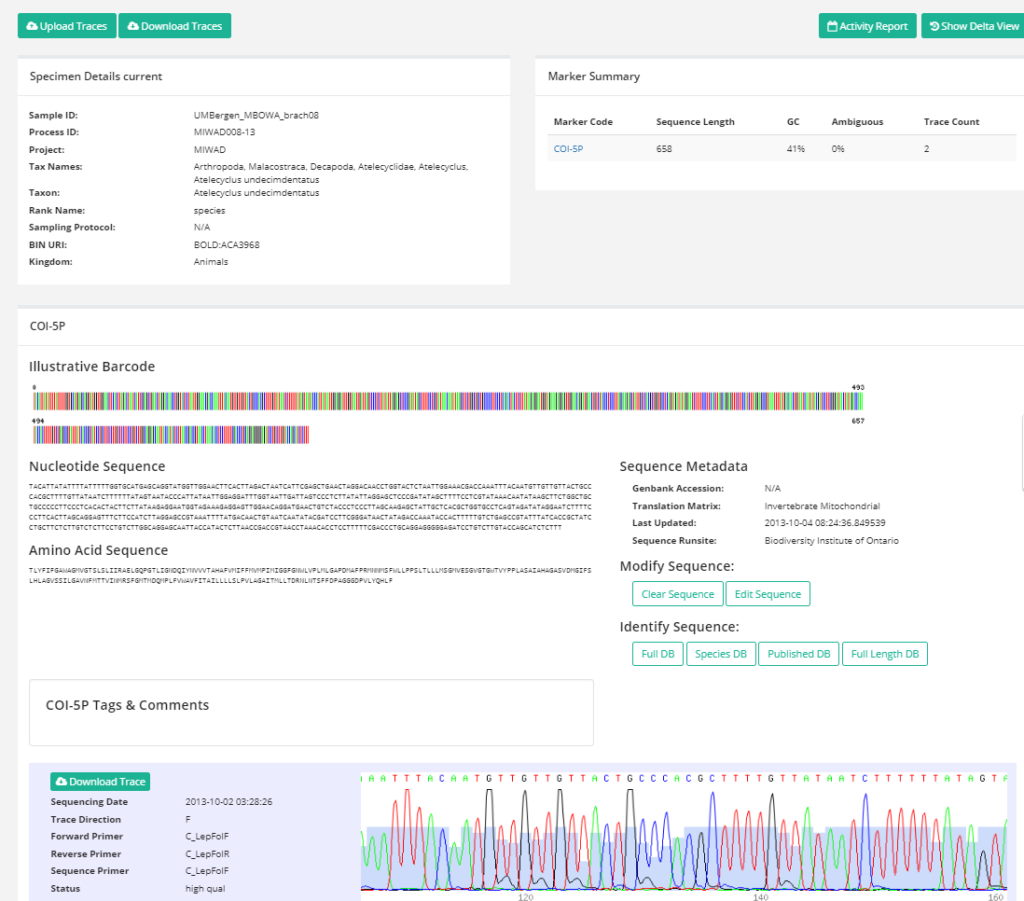The phylum Cnidaria is a diverse group of animals united by their ability to synthesize a complex type of ‘stinging’ cells called cnidocytes, which they use to hunt for their prey. The more than 13 000 species of cnidarians come in many shapes and colors, from the familiar jellyfish and corals, to the less famous myxozoans, hydroids, and siphonophores (read some more about those here). Because cnidarians live and thrive in marine and freshwater environments all around the world, humans have become familiar with them since ancient times: they have been feared for their sting, worn as jewelry, or simply admired for their beauty.

Sea nettles (genus Chrysaora) and ‘terrestrial’ nettles (genus Urtica) belong to very different groups of organisms, but share their name because of their stinging abilities. In some languages, like Norwegian and Swedish, cnidarians are called “nettle animals” (nesledyr and nässeldjur, respectively). Photo: Luis Martell (left), Nannie Persson (right).
Despite this familiarity, the true nature of cnidarians long remained unclear to naturalists and non-professionals alike. Perhaps to a greater extent than any other large phylum in the animal kingdom, people have historically failed to recognize cnidarians as animals, or even as living beings. Early civilizations had some knowledge about corals, sea-anemones and large jellyfish, all of which were encountered frequently along the coasts, but although fishermen and sailors knew about the existence of coral reefs (the massive bodies of coral represented major hazards for navigation), the animals themselves were probably seen only as pieces of rock. Some of the sessile species of cnidarians with a hard skeleton were considered minerals until the second half of the 17th century, when the use of magnifying lenses and the invention of the microscope allowed scientists to realize that the stony coral fragments washed up on the shore were actually made up of small flower-like organisms.

With their tentacles surrounding a central disc, sea anemones (in the image a specimen of Aiptasia) look somewhat like submarine flowers. Their plant namesakes (for example the wood anemone Anemone nemorosa) are strictly terrestrial. Photo: Joan J. Soto-Àngel (left), Nannie Persson (right).
Historically, the most persistent confusion regarding the cnidarians has been with plants and algae. For more than 1 500 years, the immobile sea anemones, sea fans, and hydroids were thought to be strange marine flowers and were consequently studied by botanists, not zoologists. They grow attached to the substrate and many species die if detached, which left early naturalists in doubt as to whether they were plants or animals. Thus, the category ‘zoophytes’ (from Ancient Greek ζῷον, zoon, ‘animal’ and φυτόν, phytón, ‘plant’) was created for them. It was only in the first half of the eighteenth century when this view started to change, thanks to the observations of J. A. Peyssonnel and the work of botanist Bernard de Jussieu, who together managed to convince their colleagues about the animal nature of the zoophytes.

The ‘sea tomato’ (Actinia equina) is a common cnidarian along the Atlantic coasts of Europe. It may look like a tomato when it is not covered by water, but is not related to its vegetal look-alike. Photo: Nannie Persson

The flowers of submerged marine plants (like this Cymodocea nodosa) are usually not as colorful or conspicuous as sea anemones and corals. Photo: Joan J. Soto Àngel
Today we know more about these organisms and there are no longer doubts about their affiliation to the animal kingdom, although we can still see evidence of their botanical past in the names of several cnidarian groups. The word Cnidaria comes from the Greek word κνίδη (knídē, meaning ‘nettle’, referring to the plant genus Urtica), and was inspired by the stinging power of the plants. One of the largest groups of cnidarians, the Anthozoa (which includes the flower-looking sea anemones and corals) is aptly named with a word deriving from the ancient Greek roots for flower (antho-) and animal (-zoa). Because there are still many open questions in cnidarian biology, initiatives that chart the diversity of cnidarians (like the successful project HYPNO and the upcoming project NORHYDRO) are necessary to get to know more about the particularities of these interesting animals!
-Luis Martell and Nannie Persson
References:
Jussieu, B. de, 1742. Examen de quelques productions marines qui ont été mises au nombre des plantes, et qui sont l’ouvrage d’une sorte d’insecte de mer. Mem. Acad. Roy. Sci. Paris, 1742, 392.
Edwards, C. 1972. The history and state of the study of medusa and hydroids. Proc. R. S. E. (B). 73, 25: 247-257.













































